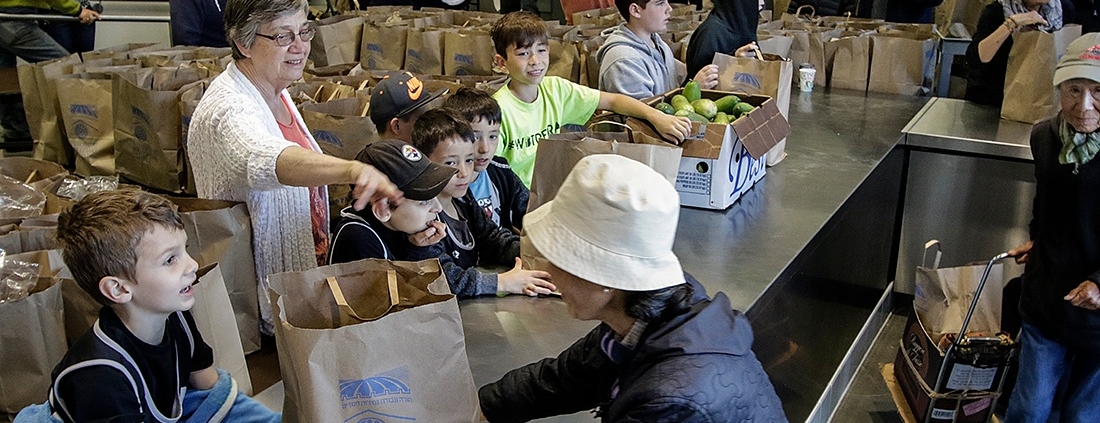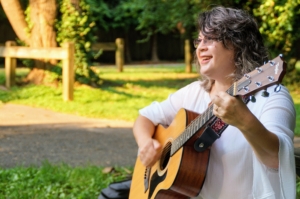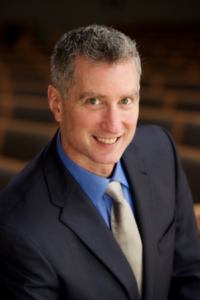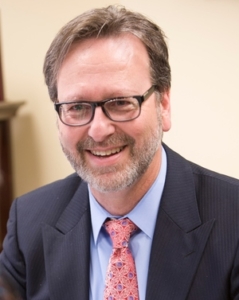Dwellings Fit for God
The obituary of the synagogue keeps being written and rewritten. Thousands of churches and synagogues close each year. Yet there is a different report that deserves equal attention. The repurposing of holy space.
Torah portion Trumah begins with God’s directive to build a mishkan “so that I might dwell among” the people. From the time the Jews entered the land of Canaan until now, it seemed that Jews would continue to build places for us to approach God’s presence. Today we call them synagogues. But in the 21st century the construction has seemingly ended. With demographic shifts, societal changes and disillusion with organized religion, on the whole synagogues are closing.
Here’s an alternative. The Wilshire Boulevard Temple of Los Angeles built a magnificent structure in 1929. The synagogue is located in what is now known as Koreatown. The Jewish population has moved away.
The synagogue did not close. In 2016, under the leadership of Liz Ross, the building was repurposed as the Karsh Center. Please read this inspirational description from their website.
“The Karsh Center is designed to provide the fundamental necessities of local residents by offering an array of direct social services through a multi-organizational collaborative approach and a state-of-the-art volunteer engagement program. Our objective is to accomplish this with no restrictions, no judgments, and no barriers regarding who can receive support and care.”
“The Karsh Center is the physical expression and vision of how a faith-based institution like Wilshire Boulevard Temple (WBT) invests in the community in which it resides.”

Volunteers serving food at the WBT food pantry.
While the building no longer hosts religious services, Hebrew school or life cycle events, it remains fully a place where God can dwell among us. The WBT congregants remain essential to the center’s vitality. Volunteers from WBT travel to Koreatown to cook or teach or counsel or volunteer at the dental clinic.
The Jewish Studio is built upon another model. Almost any space can be transformed into a place for God. Sometimes it on a hike by the Canal. Other times it is at a women’s club. And there are times we even rent space from synagogues!
It is inevitable that there will be synagogues that close as centers of prayer and study. Yet, there are other opportunities for us, collectively, to sustain God’s presence among us if we have the vision. It might take the hard work and dedication to redeploy synagogues from houses of worship to houses of service. Or it might require imagining existing spaces as places of worship. We just need to understand “building” in new and dynamic ways.
Rabbi Evan J. Krame






 Evan J. Krame was ordained as a rabbi by the
Evan J. Krame was ordained as a rabbi by the